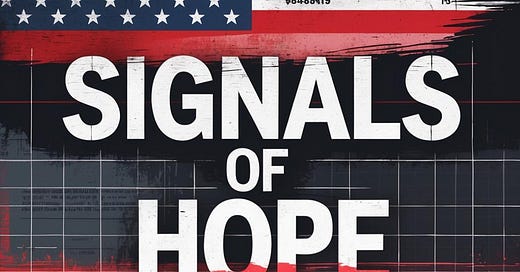Restorative Justice in Schools: A Transformative Path to Empower Every Student
How Dialogue, Empathy, and Accountability Are Replacing Punishment—and Helping Students Feel Valued, Understood, and Ready to Succeed
In schools across the country, a quiet revolution is underway—one that’s transforming classrooms from places of punishment to communities of connection and growth. Restorative justice in schools is proving to be more than just an alternative to suspension or detention—it's a movement to create learning environments where every student feels valued, understood, and empowered to succeed.
What Is Restorative Justice in Schools?
Rather than focusing solely on punishment, restorative justice prioritizes healing, accountability, and relationship-building. When a student misbehaves, the goal isn't to remove them from class—it’s to understand what happened, who was affected, and how to repair the harm.
This approach builds empathy, teaches lifelong conflict resolution skills, and fosters deeper trust between students and educators. And most importantly, it keeps students engaged in their education rather than pushing them out.
Real-World Impact: Stories of Change and Success
Fremont High School (California)
After implementing restorative practices, Fremont saw a powerful shift in culture. Students and staff engaged in regular “circles” to discuss challenges, build trust, and strengthen communication. The result? Suspensions dropped, and students reported feeling more connected and supported.
Harris County Opportunity Center (Texas)
Launched in 2019, this center combines education with therapy and job training for students in the juvenile justice system. Instead of punishing, it focuses on rehabilitation and growth—and the payoff is clear: fewer repeat offenses and a rise in student confidence.
Connecticut Elementary Schools
Amid rising behavioral challenges, several schools adopted restorative responses—emphasizing dialogue over detention. Within months, fights and suspensions declined as students learned to express emotions and resolve disputes through respect and accountability.
Why It Works: The Benefits of Restorative Justice
Implementing restorative justice practices leads to:
Lower suspension and expulsion rates
Improved student engagement and academic outcomes
Greater emotional intelligence and empathy
Stronger bonds between students, teachers, and families
Above all, it fosters a school climate where every student feels seen, respected, and capable of growth.
Take Action: Be Part of the Movement
Restorative justice is not a trend—it’s a values-driven shift toward equity, dignity, and inclusion in education. Here’s how you can help:
Educators:
Get trained through organizations like the International Institute for Restorative Practices (IIRP). Integrate circles, peer mediation, and relationship-building tools into your classroom.
Parents & Guardians:
Ask your local school board or principal about restorative justice initiatives. Advocate for practices that put student growth above punishment.
Students:
Join or start a peer mediation group. Your voice matters in shaping a supportive, inclusive school culture.
Community Members:
Support schools and nonprofits advancing restorative justice. Explore partnerships with groups like the Center for Restorative Justice at USD.
Final Word
Restorative justice is a commitment to community, compassion, and change. It builds schools where students aren't defined by mistakes, but by their potential. When we value and understand young people—and give them space to grow—we empower the next generation to lead with integrity and empathy.
Let’s make this the standard, not the exception.
#TheFiringLine #RestorativeJustice #EducationReform #EveryStudentMatters #HealingOverPunishment




Because of Trumps actions punish all republicans
Dump all Republicans